How to take Macro photography with the Reverse Lens.
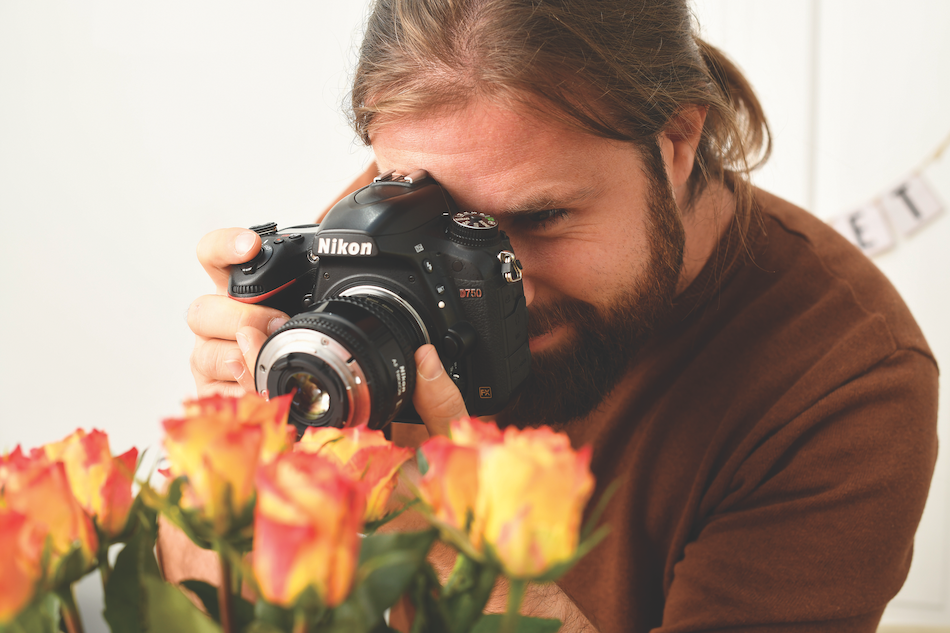
A little “thinking backwards” from time to time can be a good thing, especially when it comes to finding an inexpensive way to do macro photography.
Sure, you can shell out a few hundred dollars for a nice macro lens. You might want to try extension tubes or bellows, or even buy some diopter lenses up close. But what if I told you that you can use an old analog (film) camera lens and adapter that you can easily buy for under $15 to take great macro pictures?
Wouldn't that be a great and inexpensive way to explore the macro world? Well… now get ready to “think backwards”. Yes, literally… You will need to think backwards to take advantage of what is called “ Reverse Lens ” macro photography. You'll mount a lens backwards to your camera, so what's normally the front of the lens is the part that attaches to your camera. Before seeing how to do it, let's first start with the definition of "macro photography".
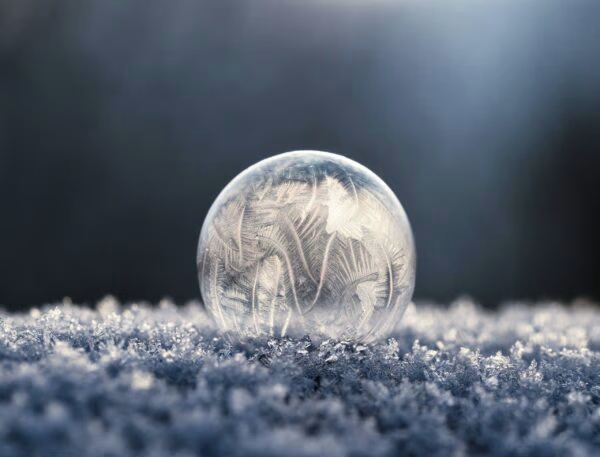
What is the "true" macro?
Many lens manufacturers indicate that their lens has “macro capability” and may also put the word “macro” on the lens. These lenses actually allow you to focus closely on your subject. However, in the truest sense of the term, a macro photo is one in which the size of the image recorded on the camera's sensor is the same size (or larger) than the physical object being photographed – a magnification ratio of 1:1 or greater.
Here is a practical example: a 50 euro cent coin has a diameter of 24.25 mm. The sensor of a full-frame digital camera measures 24mm x 36mm. Thus, taken with a true macro lens on a full-frame camera, the uncropped image below represents a 1:1 magnification ratio or true macro photography. On a crop sensor camera where the sensor is 14.9×22.2mm (Canon) a quarter 1:1 shot would fill the frame just fine. So if the lens you're using can't focus enough to fill the frame with 50 cents, it may be a close-up lens but it's not true macro. Don't be fooled by cropped images. An image can be cropped tighter in editing, but that alone doesn't make it a "macro" photo.
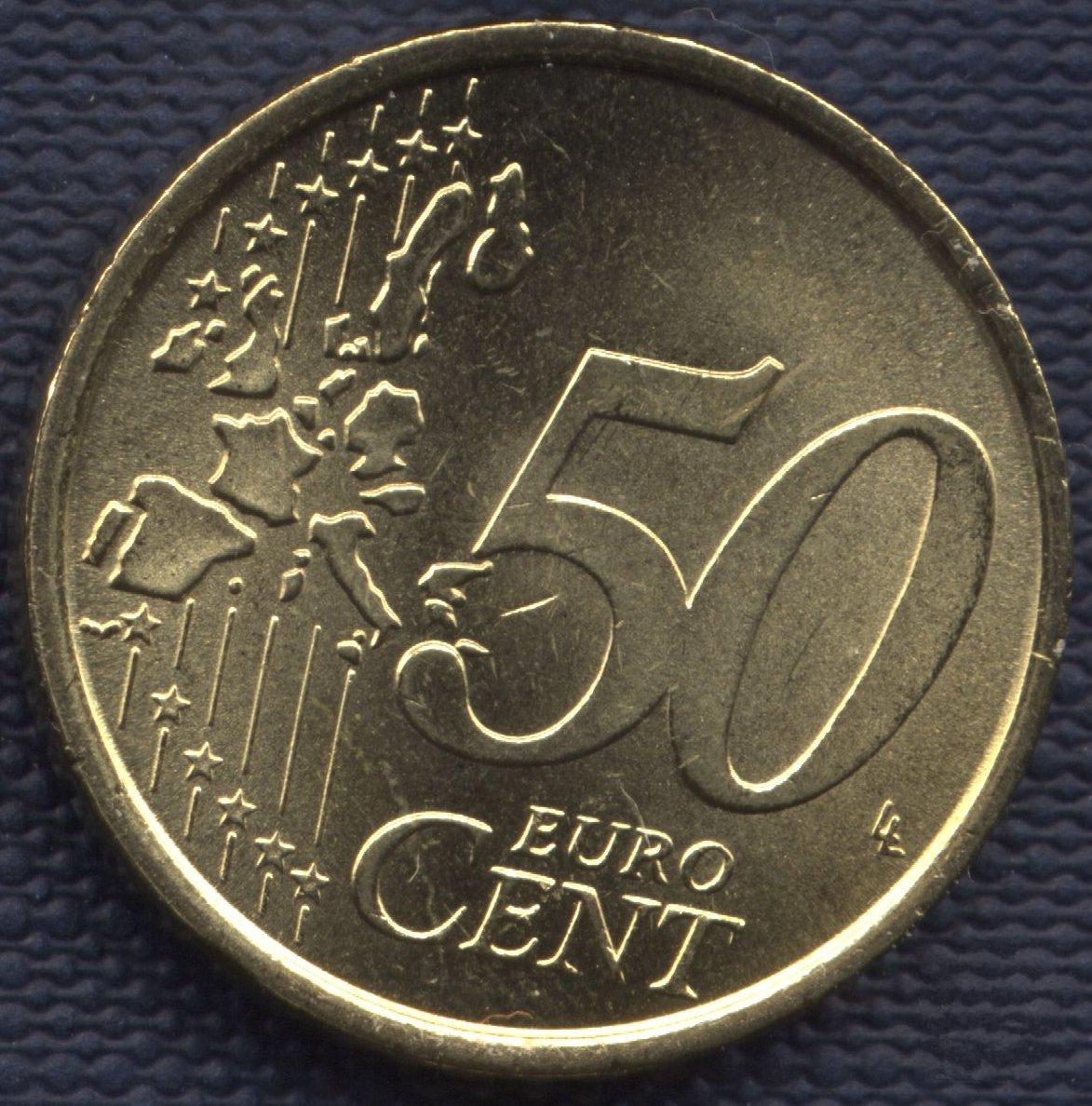
Does it matter? No not much. The fun is getting closer to the subject. Close enough to see things you might not be able to see with the naked eye. Whether it's not "true macro" may not matter, unless you're entering a contest where only macro shots are allowed. How close you can get depends on the equipment you have. How close is close enough? Well, that's an artistic judgment.
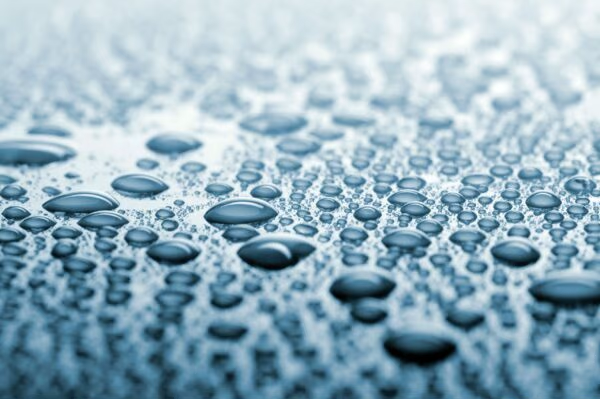
A few precautions before starting with the reverse lens
Every time you remove the lens from your digital camera, you expose the sensor and the inside to dust. For this procedure you will disassemble your lens. If you're not putting another (reversed) lens on your camera, use a body cap to keep the dust out until you're ready.
When you put the reverse lens on your camera, know that the back with its associated controls, connection pins, rear element, and so on will also be exposed. Use a rear cap when you're not working with your set-up. Practice the same precautions you use with regard to dust and you'll be fine.
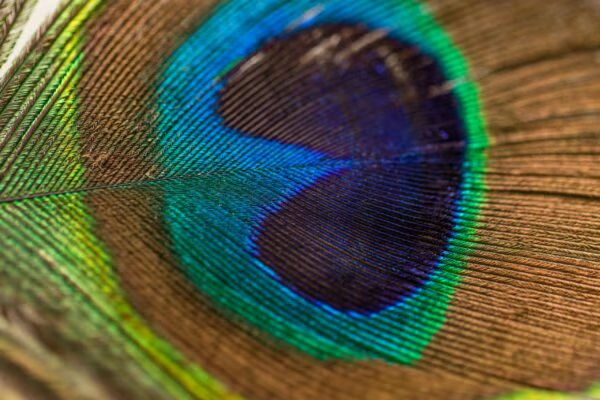
Macro options
There are several ways to take macro photos.
These include:
- A dedicated Macro lens – The simplest but the most expensive
- Extension tubes or bellows that increase the distance between the lens and the sensor
- Magnifiers (diopters) placed in front of an existing lens
- Reversing a lens on the camera – This is the technique we will explain here.
What lenses work for reverse lens?
Almost any lens can work for this technique, including the ones you usually use on your digital camera. Do you want to see? Take the lens off your camera, hold it back and tight to the camera body, turn on the camera and get very close – very close to a subject. Move very slowly towards and away from the subject to focus. The focus ring has little impact.
You can see this technique demonstrated in numerous videos online, and while it can get you a macro in a heartbeat, it's not very practical. Trying to hold the camera with a loose lens and adjust focus might be fine if you're out in the field and have nothing better, but it's hardly optimal.

Do you have an old film camera lens?
If you're a class of '70 like me, you remember the film. You may even have your old film camera and some lenses for it lying around. Otherwise, film camera lenses are cheap at pawn shops, online, or even at garage sales. For this technique, the make of the lens or the type of mount doesn't matter, since you won't be attaching the lens to the camera in the usual way. Any lens will work, as long as it has filter threads on the front.
The lenses I used with my old Zenit film camera are a 58mm Helios lens with a 49mm filter ring and a Tamron 28-200mm zoom with a 72mm filter ring. The thing to remember when using reversed lenses is that the wider the focal length, the closer you can get to your subject. A zoom lens gives you a “variable macro”.
The main reason that older film camera lenses work better for this is that, unlike most digital lenses, they have aperture control rings on the lens. You won't have control of aperture from the camera, so having it on the lens is perfect.
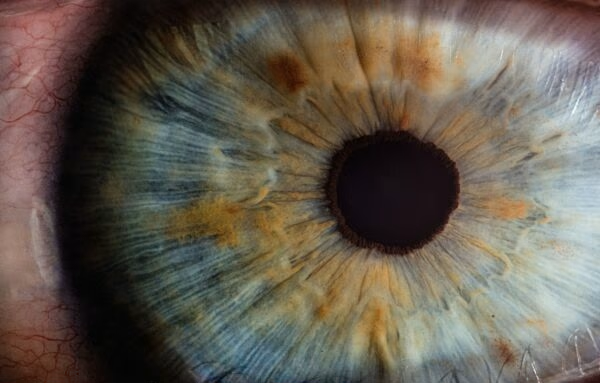
Set everything up to use reverse lenses
This is where “thinking backwards” comes into play. To mount your lens to your camera you need to attach it backwards. You must use an adapter with male threads on one end and the correct type of mount for your camera on the other.
In my case, I used a Nikon F Mount to be able to attach the lens to my Nikon camera. I bought two Reverse Ring adapters, one with a 72mm thread on one end and a Nikon F Mount on the other. The second, with 49mm threads and a Nikon mount on the other. Things to remember when purchasing these Reverse Rings is to get the correct filter thread size and mounting type on your camera.
They are available for Canon, Nikon, Sony, Pentax, Panasonic, and many other camera mount types.
The mechanics of creating your own macros – a step-by-step approach to getting it all working
Mount the lens
Screw the adapter onto the filter thread of the lens and then mount the lens (rearwards, of course) onto the camera. Choose the lens you want by considering how much magnification you want – Shorter focal lengths allow you to get closer to the subject with more magnification, longer focal lengths allow you to be further away from the subject.
With my lenses, the 58mm Helios gave little more than a 1:1 ratio. The Tamron 28-200mm zoom to 28mm was almost a 2:1 ratio. At 105, it was more of a close-up rather than a macro lens and around 70mm it was 1:1.
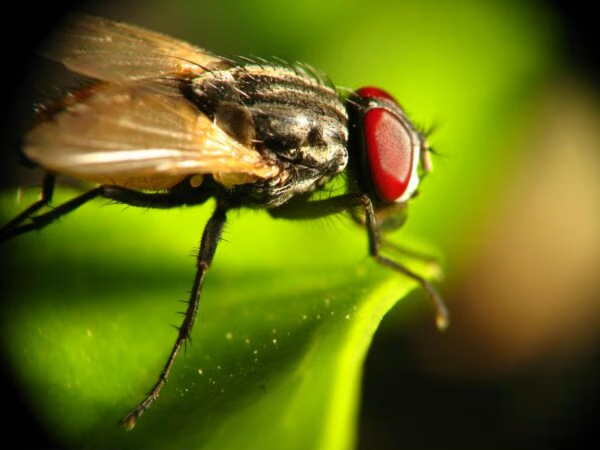
Use a tripod
The macro magnification greatly magnifies any camera movement, and with very limited depth of field, trying to work handheld will be frustrating, if not impossible. If it's windy, shooting outside probably won't work either.
Subject selection
Depth of field with this technique will be minimal, sometimes just a few millimeters. Beginners could start with subjects with minimal depth and photograph them so that they are in the same “focal plane” as the camera. Stamps, coins, bills, or other flat objects are great, especially when you're learning the technique.
Lighting
Often you will be very close to your subject and in your own light. You'll also want to use smaller apertures to get more depth of field, further reducing light. Get creative with how you light your subject.
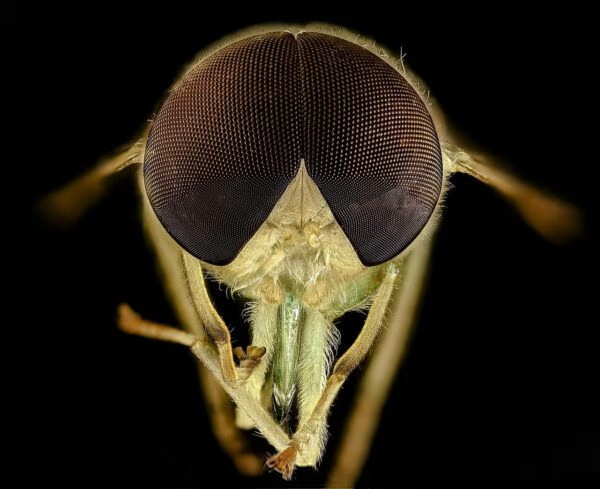
Camera settings – Use manual mode
You'll be able to control ISO and shutter speed, but not the aperture. Remember it's on the lens ring.
Open the aperture ring all the way as you focus. Move the camera or subject in small increments to focus (the focus ring won't have much effect). If you're using a zoom, you can use the zoom feature to help you focus. If your camera has Live View, use that. Use the Live View zoom function to magnify the image and check critical focus. Otherwise you will have to use the viewfinder. Also, remember that autofocus doesn't work here and so the LCD screen where you tap to focus won't help you.
Stop the lens with the aperture ring once you focus. Smaller apertures (as usual in all photography) give greater depth of field.
Usually, in macro photography, it is difficult to get a greater depth of field! Also know that as you zoom down the lens, things get darker. It's sometimes difficult to adjust the aperture ring without bumping the focus slightly, so be prepared to refocus.

Take your shots
Snap, monkey, adjust exposure and repeat. To control exposure, adjusting the shutter speed on your camera should be the easiest. Expect to take LOTS of shots, making adjustments as you go along to get that “perfect shot”. Macro photography can be tricky, so get used to it.
Go to the next level
If you decide that you like macro photography and want to make things a little easier and more precise, you may want to invest in a focus rail. Mount this device to your tripod and mount your camera on it. Using a system of fine gears and adjustment knobs, you can move your camera in small increments. Macro is a game of pinpoint movements, and getting finer control can help a lot. Going even higher, you can buy very sophisticated tracks, some with motorized and computer controlled movement. If you are ready for this, you are less likely to use the inverted lens technique. A photographer friend recommended me this Neewer Macro Focusing Guide which costs less than 60 Euros. He raved about it to me.
Focus stacking
Sometimes more is better, right? When you can't get enough depth of field in one shot, taking multiple shots (each focused in a slightly different place) and combining them in editing to get a frontal depth of field may be the best answer. Photoshop has focus-stacking capabilities and for a beginner it's a good place to start. When you're ready to dive deep into focus stacking, programs like Helicon Focus or Zerene Stacker are what the pros use.
I have a friend who has decided to major in macro photography in a big way. He bought a programmable motorized focus rail, a nice macro lens, bellows, extension tubes, and then uses the Zyrene Stacker to assemble what are often dozens of images into one spectacular macro. At the moment, I'm happy to use my old reverse-mounted film camera lenses, although I'm considering purchasing a dedicated Tamron 90mm macro lens).
Conclusion
One of the most fascinating things about photography is that it teaches you to see and then share through your photos, things that people don't normally notice or see. Macro photography takes it a step further, opening up a small and incredible world of detail. The reverse lens macro trick is one that allows you to take a look at this new world with minimal expense. I hope you will try it!
When you subscribe to the blog, we will send you an e-mail when there are new updates on the site so you wouldn't miss them.
By accepting you will be accessing a service provided by a third-party external to https://www.insightadv.it/


































































Comments